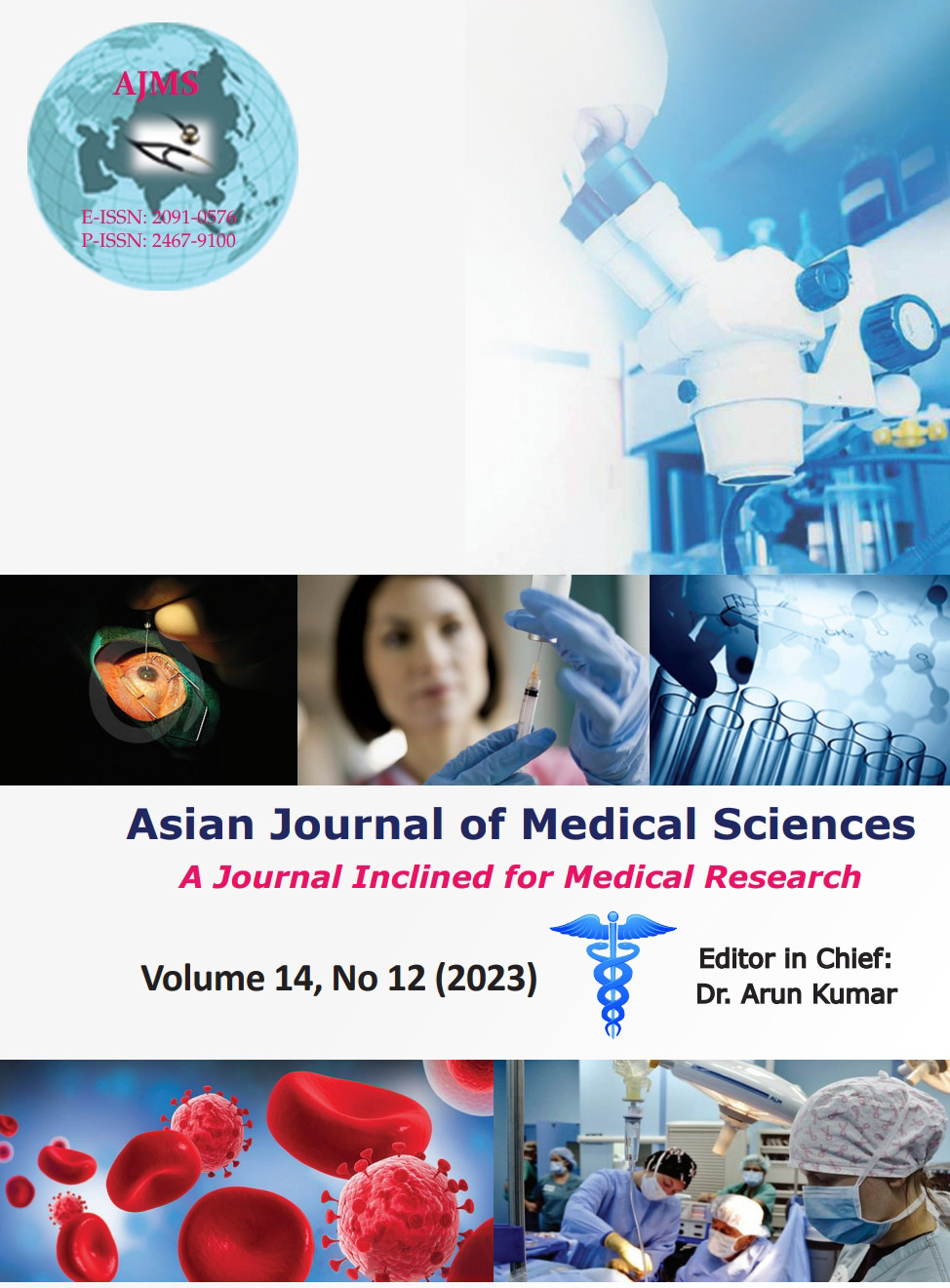Myocardial injury in COVID-19: A case series
Keywords:
COVID-19; Myocardial injury; Myocarditis; Electrocardiogram; TroponinAbstract
The COVID-19 pandemic has affected nearly millions of populations worldwide. The range of symptomatology is vast, though predominantly respiratory, and ranges from mild flu-like symptoms to severe respiratory illness with acute respiratory distress syndrome. COVID-19 is associated with many non-respiratory complications affecting the heart, kidneys, gastrointestinal system, central nervous system, and blood vessels. Myocardial injury in COVID-19 patients has varied presentations ranging from arrhythmias, myocardial infarction, myocarditis, and cardiomyopathy to cardiogenic shock. It is usually associated with elevated levels of cardiac biomarkers, with or without any changes in electrocardiography or cardiac imaging. Diagnosis may be difficult based on clinical symptoms or electrocardiogram changes alone, and it can be made using 2D echocardiography, coronary angiogram, CT coronary angiogram, or cardiac magnetic resonance imaging, depending on clinical suspicion. COVID-19-associated cardiac injury increases overall morbidity and mortality. In this case series, five COVID-19 cases with different cardiac manifestations were reported with the intention of presenting the various manifestations of cardiac complications, the course of the disease, and the challenges associated with the complications. This case series showed that cardiac complications are common in the 2nd week during the cytokine storm phase, and timely case-specific specialized diagnostic and therapeutic cardiac interventions might improve the chances of patient survival.
Downloads
Downloads
Published
How to Cite
Issue
Section
License
Copyright (c) 2023 Asian Journal of Medical Sciences

This work is licensed under a Creative Commons Attribution-NonCommercial 4.0 International License.
Authors who publish with this journal agree to the following terms:
- The journal holds copyright and publishes the work under a Creative Commons CC-BY-NC license that permits use, distribution and reprduction in any medium, provided the original work is properly cited and is not used for commercial purposes. The journal should be recognised as the original publisher of this work.
- Authors are able to enter into separate, additional contractual arrangements for the non-exclusive distribution of the journal's published version of the work (e.g., post it to an institutional repository or publish it in a book), with an acknowledgement of its initial publication in this journal.
- Authors are permitted and encouraged to post their work online (e.g., in institutional repositories or on their website) prior to and during the submission process, as it can lead to productive exchanges, as well as earlier and greater citation of published work (See The Effect of Open Access).




